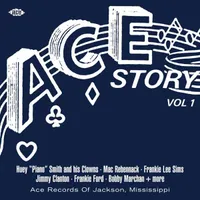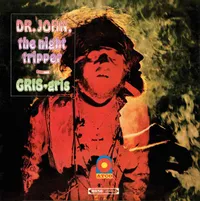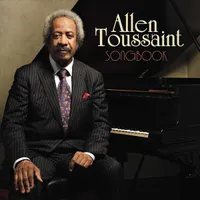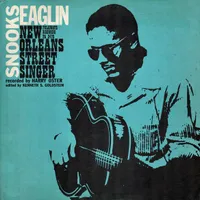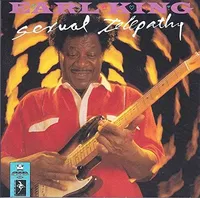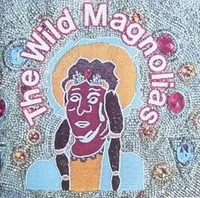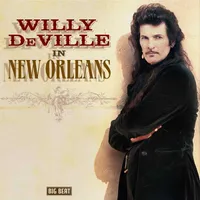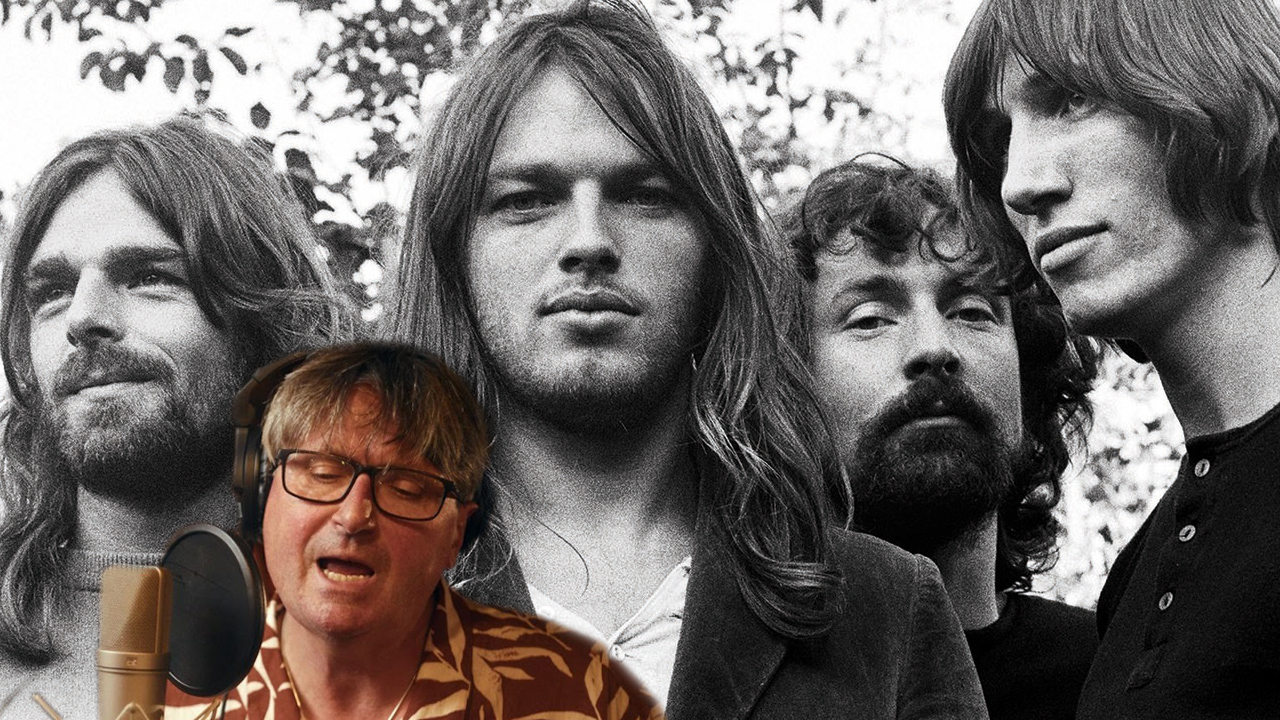Six New Orleans blues albums you should definitely own
Blues from The Big Easy has a different flavour to that made anywhere else, with its roots in jazz and the music of the Caribbean
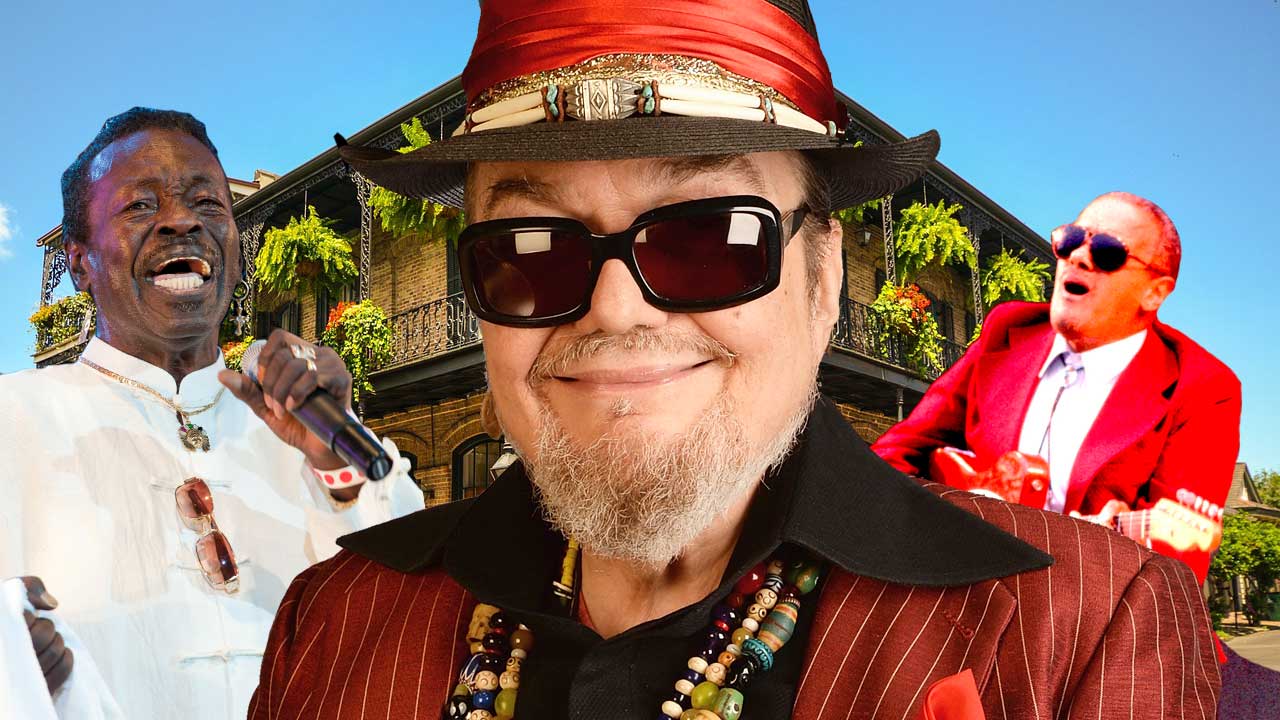
Widely known as the birthplace of jazz, New Orleans also created blues music as powerful and distinct as any coming out of Chicago, Detroit and Memphis. Inevitably, it was rooted in jazz, but with a Caribbean influence. The emphasis was placed on piano and horns, although later bass, drums and guitar figured too.
A pivot in its evolution is Professor Longhair, born Henry Roeland Byrd in 1918 in Bogalusa, Louisiana. He played exhilarating piano blues dubbed rumba-boogie. He also sang, wrote and was a huge influence on every Big Easy keyboardist since, from Fats Domino, Huey ‘Piano’ Smith and James Booker to Allen Toussaint and Dr John. His Go To The Mardi Gras, Tipitina and version of Big Chief are staples of the Big Easy songbook and 1972’s New Orleans Piano provides a great introduction to his talent.
If Professor Longhair set the standard for piano playing in the city, it is Guitar Slim, aka Eddie Jones, who did so for the guitar. Influenced by T-Bone Walker and Clarence ‘Gatemouth’ Brown, he cut a striking presence, jumping into the audience with his guitar, walking through the crowd playing it and going onto the street outside with it. 1954’s The Things That I Used To Do, a captivating 12-bar blues, is his calling card. Issued on Specialty, produced and arranged by Ray Charles, who also plays piano on it, and recorded at Cosimo Matassa’s J&M Studio in New Orleans, it remained at the top of the US R&B chart for six weeks, and with its pioneering distortion provided a signpost for Jimi Hendrix and all electric guitar players going forward.
The aforesaid J&M Recording studio was at the heart of New Orleans blues. It captured virtually every musical talent in the area and many more travelling through it, notching up 250 US charting singles and 21 gold discs. Of the many collections gathering material recorded at the studio, Cracking The Cosimo Code: 60s New Orleans R&B And Soul is the best. Spanning 1960 to ’68, it’s all history-making stuff, rounding up tracks by Jessie Hill, Chris Kenner, Lee Dorsey and Aaron Neville.

Various Artists - The Ace Story Volumes 1-5 (1979-1984, Ace Records)
Over five volumes sold separately, The Ace Story maps the evolution of Johnny Vincent’s Ace label, founded in 1955. Although running out of Jackson, Mississippi, it played a major role in fanfaring New Orleans’ musical arrival, with a roster that reads like a who’s who of the city. Volume 1 is the best place to start.
Its 24-track selection acts as a rough guide, featuring Rockin’ Pneumonia And The Boogie Woogie Flu by Huey ‘Piano’ Smith & The Clowns from 1957, Storm Warning from 1959 by a young Dr John recording as Mac Rebennack and Earl King’s Everybody’s Carried Away the same year. The former provided Smith with a US R&B Top 5 hit; the latter captures an influential standard composer (his CV includes I Hear You Knocking, One Night, Come On, Trick Bag); Storm Warning glimpses a fledgling Dr John cutting his teeth on an inspired rocker.
Rebennack and Smith operated as the label’s A&R, so the musical bar was set high. Volume 2 takes in an early outing by maven Eddie Bo, cuts by Bobby Marchan, the cross-dressing flamboyant singer of Huey Smith’s The Clowns, plus crackers by Frankie Ford. Volume 4 includes such notables as Earl King’s Those Lonely, Lonely Nights, which, featuring Fats Domino on the piano, landed the label its first hit, and Little Richard’s Slippin’ And Slidin’, which as the label’s debut release was the song that introduced Ace to the world.
Dr John - Gris-Gris (1968, Atco)
Dr John made his name first as a sessioneer, playing guitar and piano in New Orleans, but it was on donning his Night Tripper robes and Mardi Gras feather headdress that he came of age.
This album is, from start to finish, simply out of this world. Drawing on New Orleans voodoo culture’s chants and rhythms, it swirls and spooks and hypnotises. Standouts: Gris-Gris, Mama Roux, I Walk On Gilded Splinters.
Allen Toussaint - Songbook (2013, Decca)
This album captures the writer, singer, producer, arranger and pianist revisiting his back catalogue over two nights at New York’s Joe’s Pub in 2009.
The venue is special: Toussaint relocated to the Big Apple after 2005’s Hurricane Katrina destroyed his studio and home – on arrival, he took up a musical residency at the bar. It’s just him and his piano, and the performances are all the more powerful for it.
Snooks Eaglin - New Orleans Street Singer (1958, Smithsonian Folkways)
The blind singer from New Orleans had a hard gospel voice inspired by Ray Charles and a supple guitar style of his own. Starting out as a busker in the French Quarter, Eaglin was discovered by Harry Oster, a folklorist from Louisiana State University, who recorded him and his guitar in 1958.
It’s a masterclass in interpretation with compelling readings of See See Rider, St James Infirmary and Mean Old World.
Earl King - Sexual Telepathy (1990, Black Top)
Earl King was raised on gospel, but at 15 was playing blues modelled on Guitar Slim. His early records for Imperial are first class, but were sadly never made unavailable on CD in the UK.
His time at Black Top Records is better served though. Of the three albums he made for the label, 1990’s Sexual Telepathy is the pick. Produced by Hammond Scott and featuring Snooks Eaglin and George Porter Jr, it captures King still at the top of his game.
The Wild Magnolias With The New Orleans Project - The Wild Magnolias (Polydor, 1974)
This encapsulates their exhilarating show, as late bandleader Theodore ‘Bo’ Dollis’s collective clatter bottles and pans.
Singles Handa Wanda and Smoke My Peace Pipe (Smoke It Right) are thrilling Mardi Gras funk, while (Somebody Got) Soul, Soul, Soul became hip-hop’s backbone, sampled by both Schoolly D and the Jungle Brothers.
...and one to avoid
You can trust Louder
Willy DeVille - In New Orleans (Big Beat)
Willy DeVille put out some great records, but this, 1990’s Victory Mixture with six tracks from 1995’s live album Big Easy Fantasy,isn’t one of them, despite being recorded with Dr John, Barbara George, Allen Toussaint, George Porter and Eddie Bo.
He means well, but just doesn’t have the power to convey the passion needed to cover Irma Thomas.
Sign up below to get the latest from Classic Rock, plus exclusive special offers, direct to your inbox!
